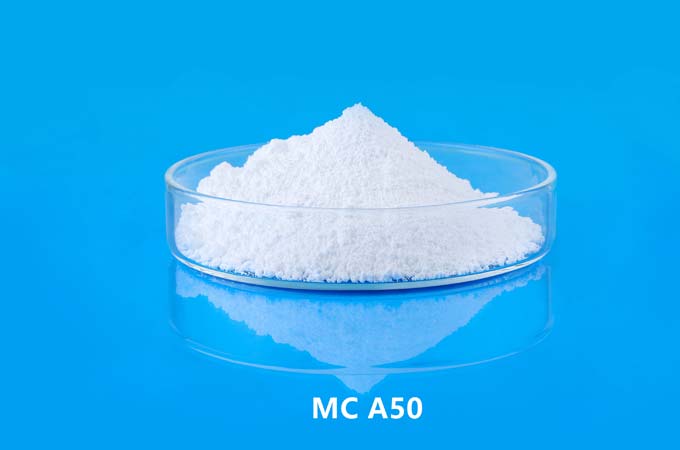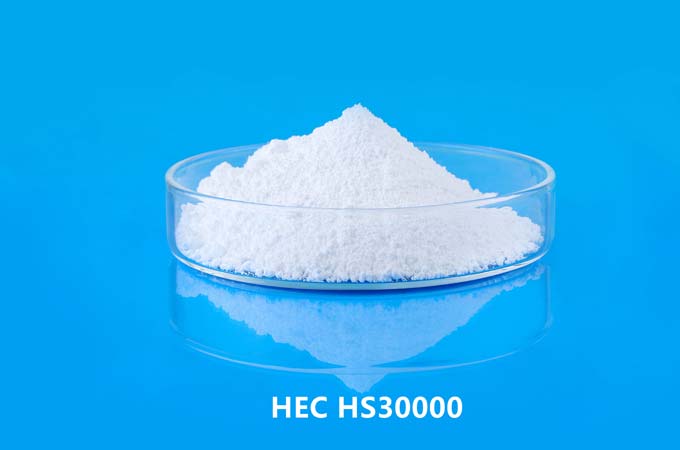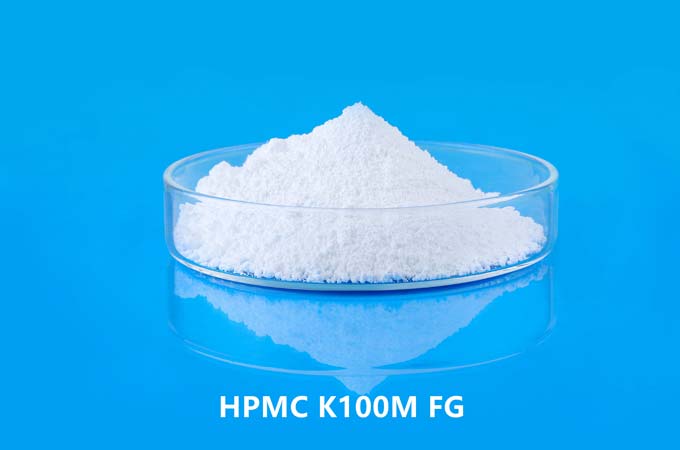Hydroxypropylmethylcellulose (HPMC) is a versatile compound commonly used in a variety of industries, including pharmaceuticals, food and cosmetics. In pharmaceuticals, it is often used to create gel formulations for drug delivery. It's important to note that specific instructions may vary depending on the specific product or formula you're using.
Introduction to Hydroxypropyl Methylcellulose (HPMC) Gel:
What is HPMC?
Hydroxypropylmethylcellulose (HPMC) is a semi-synthetic polymer derived from cellulose. It is widely used as thickener and gelling agent in various industries.
Types of HPMC gels:
HPMC gels vary in viscosity and gel strength, and they are classified according to methoxy and hydroxypropyl content. The specific type of HPMC gel you use will affect its properties.
How to use Hydroxypropyl Methylcellulose Gel:
1. Read product information:
Before using any HPMC gel product, carefully read the product information and instructions provided by the manufacturer.
2. Storage conditions:
Store HPMC gel according to recommended conditions, usually in a cool, dry place. Avoid exposure to extreme temperatures or direct sunlight.
3. Dosage and concentration:
Determine the recommended dosage and concentration for your specific application. This information should be provided in the product documentation or from your supplier.
4. Hydration of HPMC:
In most cases, HPMC, like HPMC 4000, needs to be hydrated in water to form a gel. Follow the recommended HPMC hydration procedures as outlined in the product information.
5. Mixing procedure:
Mix the required amount of HPMC with the specified volume of water or solvent. Use clean and suitable mixing equipment to ensure uniform dispersion.
6. Gel formation:
Allow sufficient time for the HPMC to hydrate and form a gel. The gel formation process may take some time and the duration may vary depending on the specific HPMC grade.
7. pH adjustment (if necessary):
Depending on your application, you may need to adjust the pH of your HPMC gel. Follow the pH adjustment guidelines provided by the manufacturer.
8. Compatibility test:
Before adding HPMC gel to a formula, conduct compatibility testing with other ingredients to ensure stability and performance.
9. Application method:
Apply HPMC gel using the recommended method for your specific application, whether topical, oral, or other routes.
10. Cleanliness and Safety:
Thoroughly clean all equipment used to prepare HPMC gels. Follow safety guidelines, including using appropriate personal protective equipment.
11. Documents:
Keep detailed records of the HPMC gel preparation process, including batch numbers, dates, and any deviations from standard procedures.
Notes and tips:
- Compatibility with active ingredients:
Make sure the HPMC is compatible with the active ingredients in your formula. Some substances may affect gel stability or performance.
- Viscosity adjustment:
If necessary, adjust the viscosity of the HPMC gel. This can often be accomplished by varying the concentration of HPMC in the formulation.
- Expert advice:
If you are unsure about any aspect of using HPMC gel, consult a formulation expert or seek guidance from the manufacturer.
- Regulatory Compliance:
Make sure the HPMC gel you use complies with relevant regulations and standards for your industry.
In conclusion:
Using hydroxypropyl methylcellulose gel involves a systems approach, including proper hydration, mixing, and application methods. Be sure to refer to the specific guidance provided by the manufacturer and consider the characteristics of the specific HPMC grade you are using. Update your knowledge on HPMC applications regularly and consult experts in the field for best results.
 English
English 日本語
日本語 français
français Deutsch
Deutsch Español
Español italiano
italiano русский
русский português
português العربية
العربية Türkçe
Türkçe Nederland
Nederland



